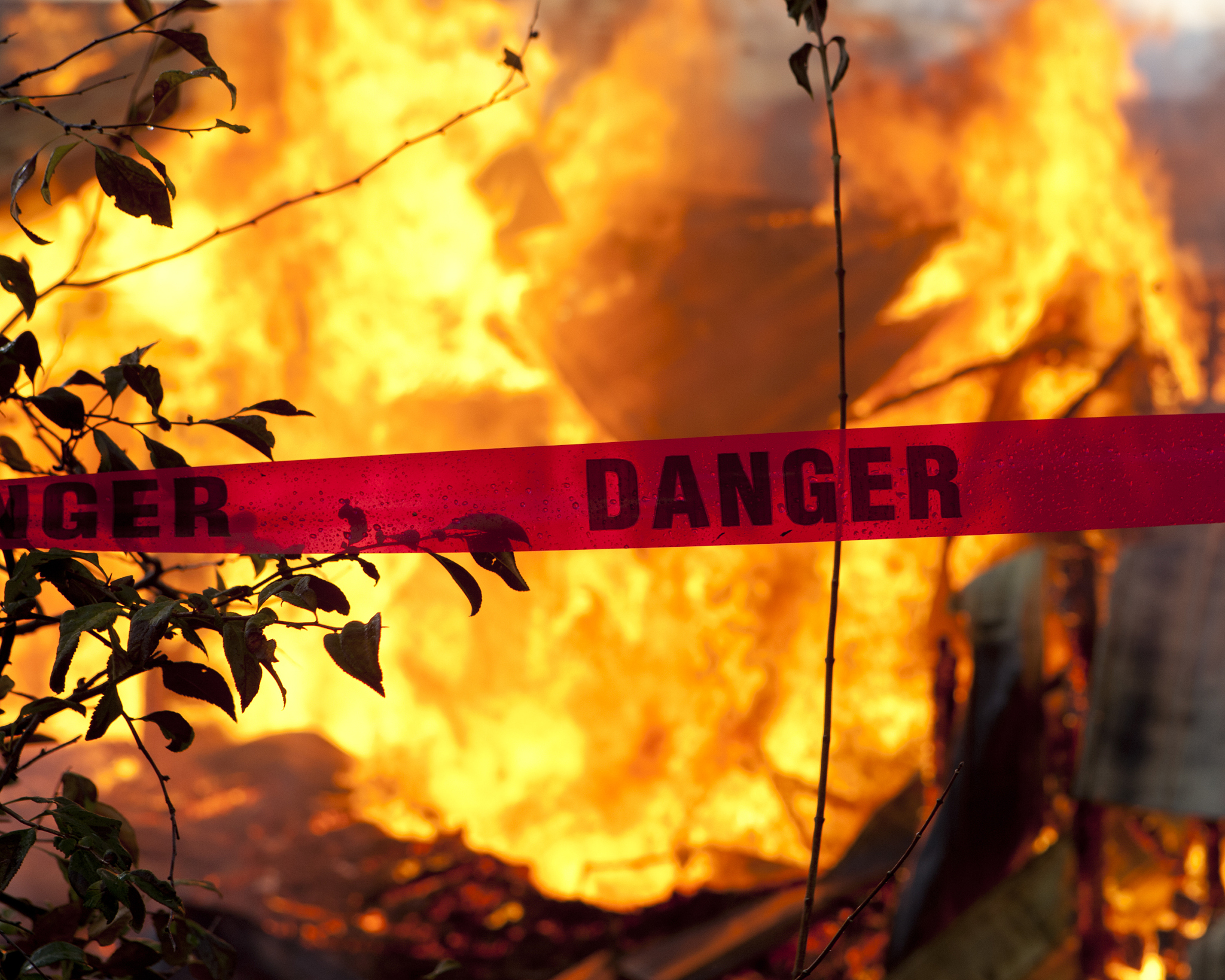Tunnel Fire Safety: Challenges and Risks in Immersed Tunnels
In recent years, tunnel technology has seen a significant increase in development and popularity. However, this progress has also brought about several challenges, with fire being a significant concern. With the growing number and speed of automobiles, tunnel fires caused by accidents have become a significant risk factor that compromises tunnel safety. According to statistics from China, the probability of a tunnel fire is 10-17 times per 100 million km of a car (Pan, 2018).
Immersed tunnels, which are buried deep in the seabed, pose unique challenges due to their location in a seawater environment (Duan, 2021). Additionally, water seepage can also threaten the structural integrity of hydraulic structures, as evidenced by the Seikan submarine tunnel construction in Japan, where 33 people lost their lives due to water seepage (Zhang et al., 2017).
Furthermore, high-moisture content concrete used in immersed tunnels is susceptible to spalling and cracking under high temperatures. This is a notable concern since the moisture content of the concrete is often high. Wang and Li (2015) simulated the thermal expansion of concrete inside the tunnel during a fire using ANSYS, and found that it can lead to tensile cracking outside the tunnel.

原文地址: https://www.cveoy.top/t/topic/nia1 著作权归作者所有。请勿转载和采集!